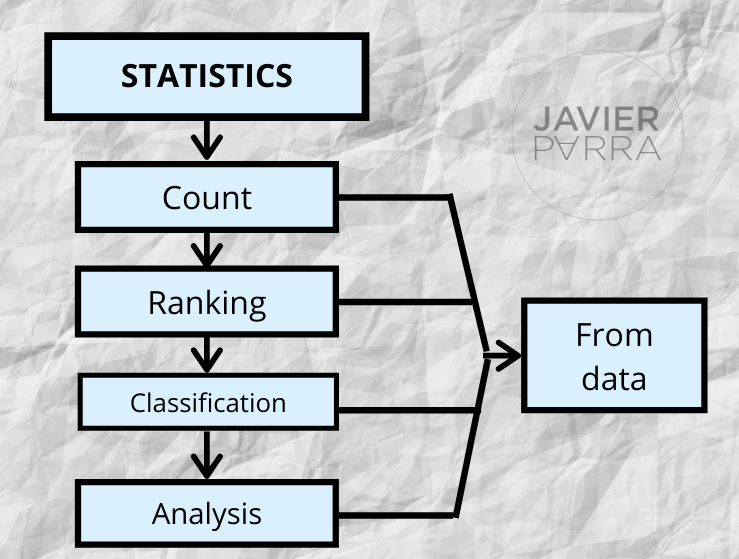Scientific research is a concrete process that seeks to provide solutions to problems ranging from every day to the scientific level, which is why universality and objectivity must be its highest priority. It is not strange that the researcher can often encounter moments of uncertainty where he depends to a large extent on chance, for which he will need to resort to statistical methods, for which statistics are indispensable.
What is statistics?
Although there is currently no unified criterion to define it, in principle, statistics is part of the scientific method. It is a branch of mathematics that aims to count, sort, classify and analyse data previously obtained through direct observation, surveys, measurement studies, etc., providing us with information about the world around us from a set of numbers.

Its usefulness lies in the fact that it allows us to make comparisons or obtain conclusions that will later allow us to develop different hypotheses that, in one way or another, the researcher will seek to prove. The reality is that statistics is present in our daily lives whether we are aware of it or not, for example, when someone plans their expenses according to their income, or when we calculate the time it takes to get from one point to another, or when you try to calculate how much food you need to buy for a snack, and so there are many other examples.
While it is true that statistics are present in almost all aspects of our daily lives, it is also true that for certain knowledge (certain research), we need to include somewhat more complex and rigorous techniques for the result to be reliable. It is not the same to know how much a car consumes to predict the economic evolution of a country, nor is it the same to calculate the weekly expenditure of a Spanish family as to predict the trend in the voting intentions of Spanish citizens.
Thanks to statistics, we can handle information (data), classify it, and, as a result, understand a phenomenon that allows us to reach conclusions and make forecasts based on the information obtained.




